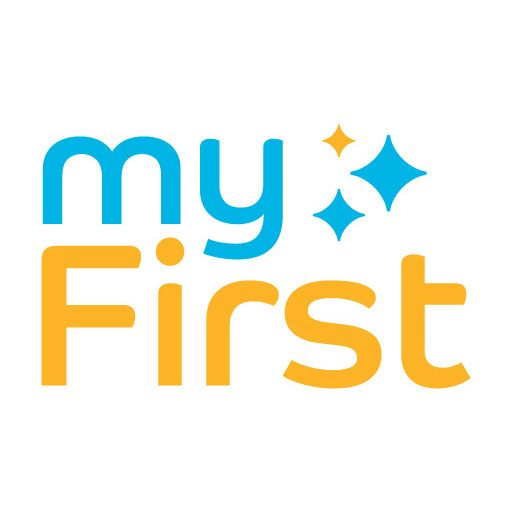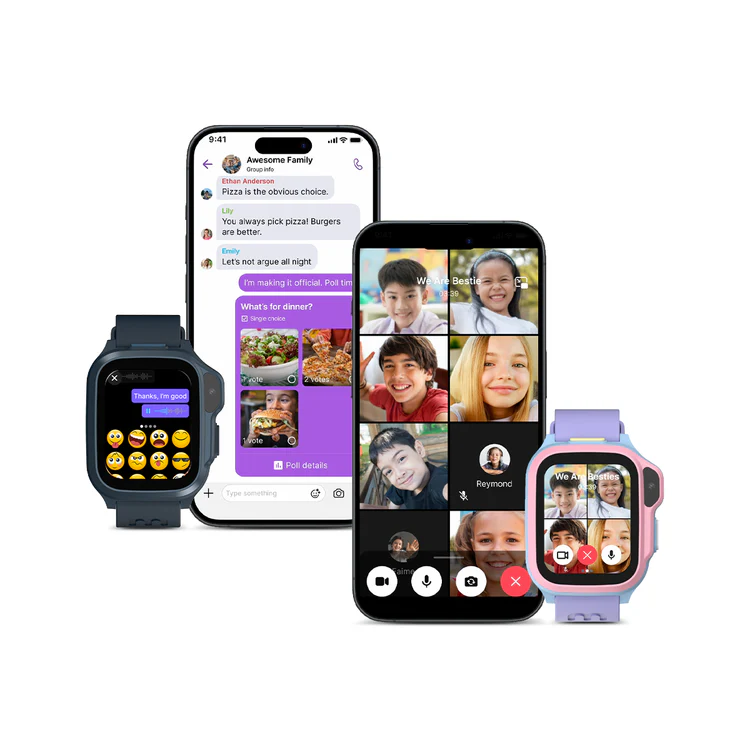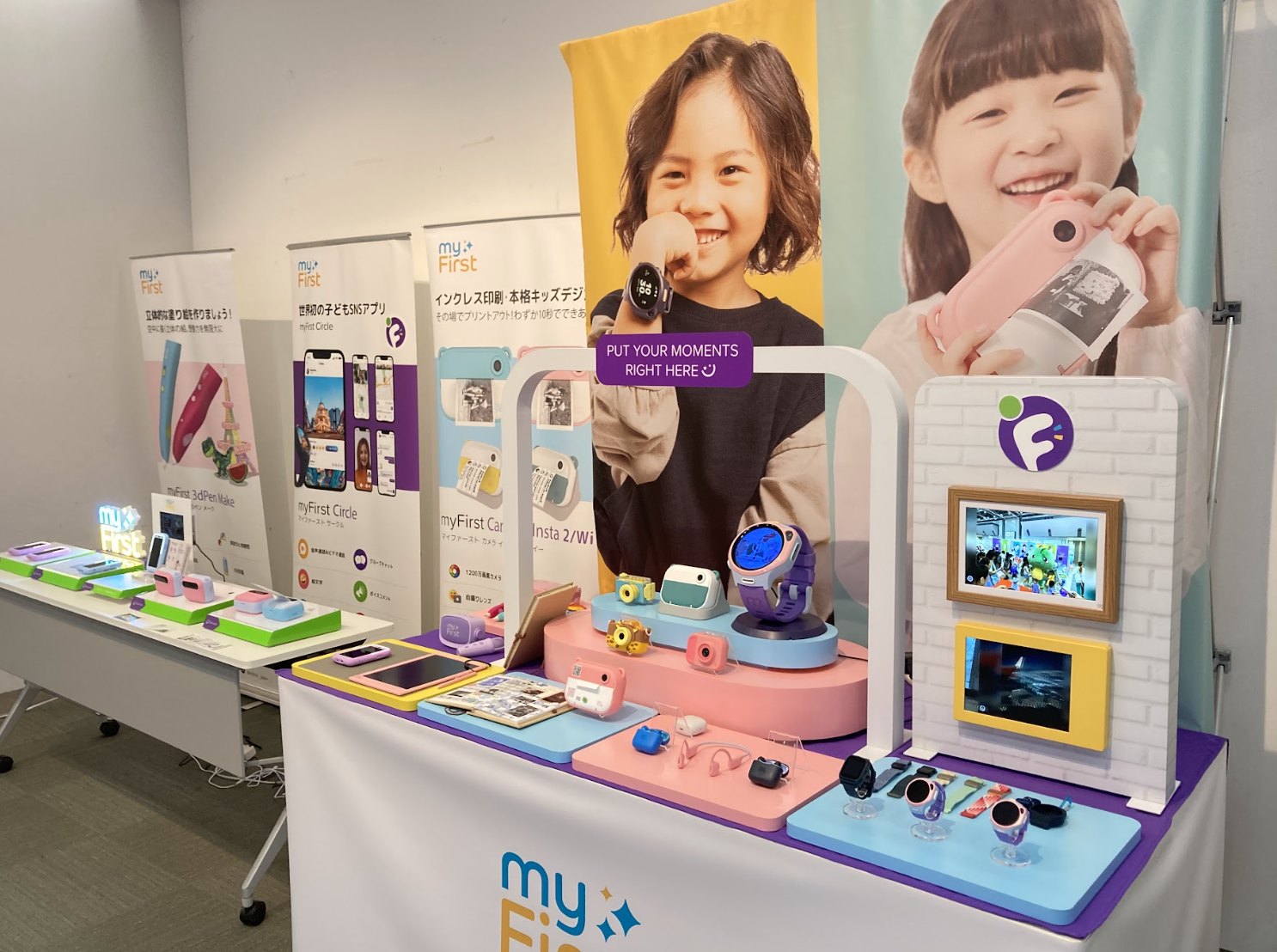Exploring the Pros and Cons of Virtual Learning for Kids
Virtual learning has become increasingly popular for kids, but what are the pros and cons? In this blog post, we’ll discuss the advantages and disadvantages of virtual learning for kids. By understanding these points, parents can make informed decisions about their child’s education. Let’s get started!
Pros of Virtual Learning for Kids:
1- Flexibility and Convenience:
Virtual learning offers flexibility and convenience, allowing kids to learn from anywhere, anytime, which can fit well with tight schedules.
2- Expanded Learning Opportunities:
Through virtual platforms, kids can reach a wide range of educational resources, including online courses and interactive videos, expanding their learning beyond traditional classrooms.
3- Personalized Learning Experience:
Virtual learning provides personalized experiences, allowing kids to learn at their own momentum, focus on their interests, and receive targeted support and feedback.
4- Enhanced Digital Skills:
Engaging in virtual learning helps kids develop valuable digital skills, them to get ready for a technology-driven future.
Cons of Virtual Learning for Kids:
1- Lack of Social Interaction:
Virtual learning may reduce face-to-face social interactions, limiting opportunities for kids to improve social skills and emotional intelligence.
2- Technology Challenges:
Virtual learning relies on technology, which can present struggles such as internet access, device availability, and technical difficulties, which some students may struggle with.
3- Self-Motivation and Discipline:
Without direct guidance, kids may need additional support to stay motivated and disciplined in a virtual learning environment.
4- Limited Hands-On Activities:
Certain subjects, like science experiments or physical education, may be challenging to match in a virtual setting, limiting hands-on learning experiences for kids.
Virtual learning offers benefits such as flexibility, expanded learning opportunities, personalized experiences, and digital skill development. However, it’s important to consider the potential downsides, such as limited social interaction, technology challenges, self-motivation requirements, and fewer hands-on activities.
By understanding these pros and cons, parents can make wise decisions about virtual learning for their children’s education, ensuring a well-rounded learning experience.

Voices of ASME: The Unscripted Conversation with G-Jay Yong, Founder of myFirst
We’re proud to share that our Founder and CEO, G-Jay Yong, was recently featured in ASME’s Unscripted Conversation, a series celebrating the inspiring journeys of Singapore’s entrepreneurs and

Important Update: OPPO Phone Compatibility with myFirst Fone & myFirst Circle App
Dear Parents and Guardians, We would like to inform you that some OPPO smartphone users may currently experience issues receiving voice/video call or message notifications

myFirst Joins 2025 Company of Good Cohort: A Commitment to Purpose-Driven Progress
We are excited to share that myFirst has been recognised as part of the 2025 Company of Good cohort, alongside over 390 organisations across Singapore that are committed






